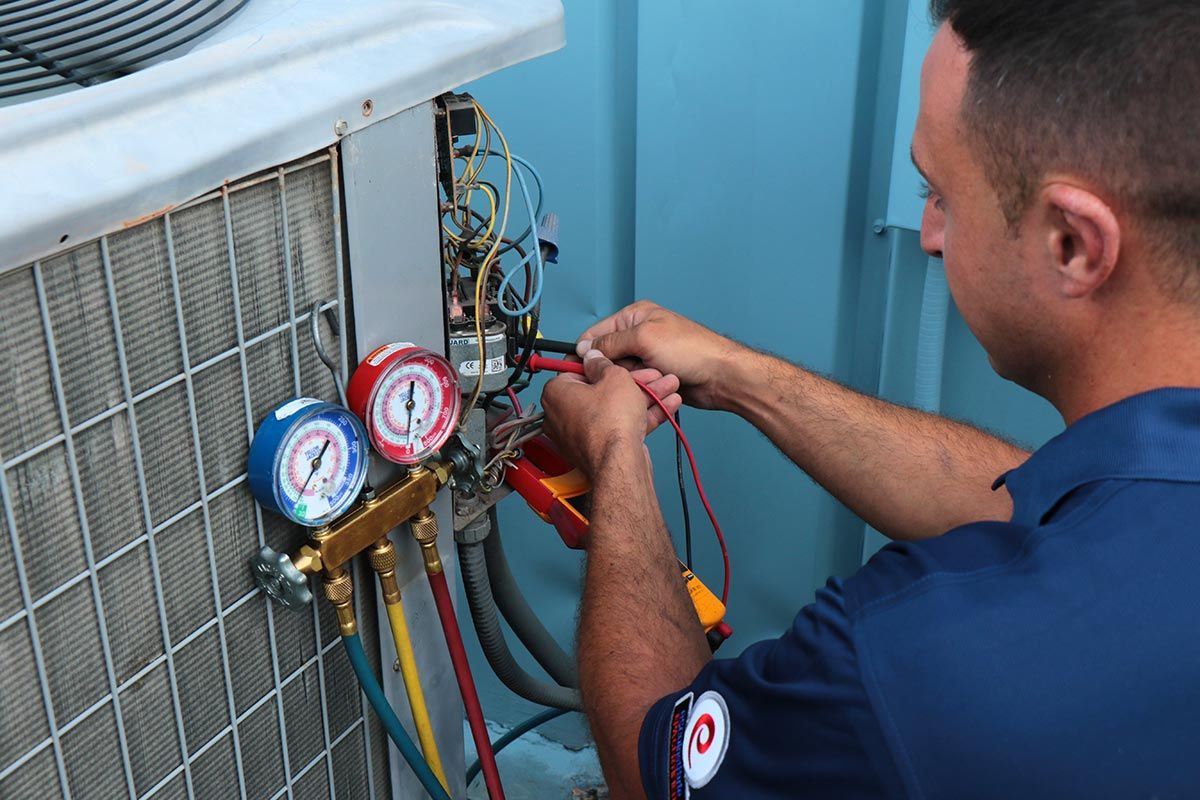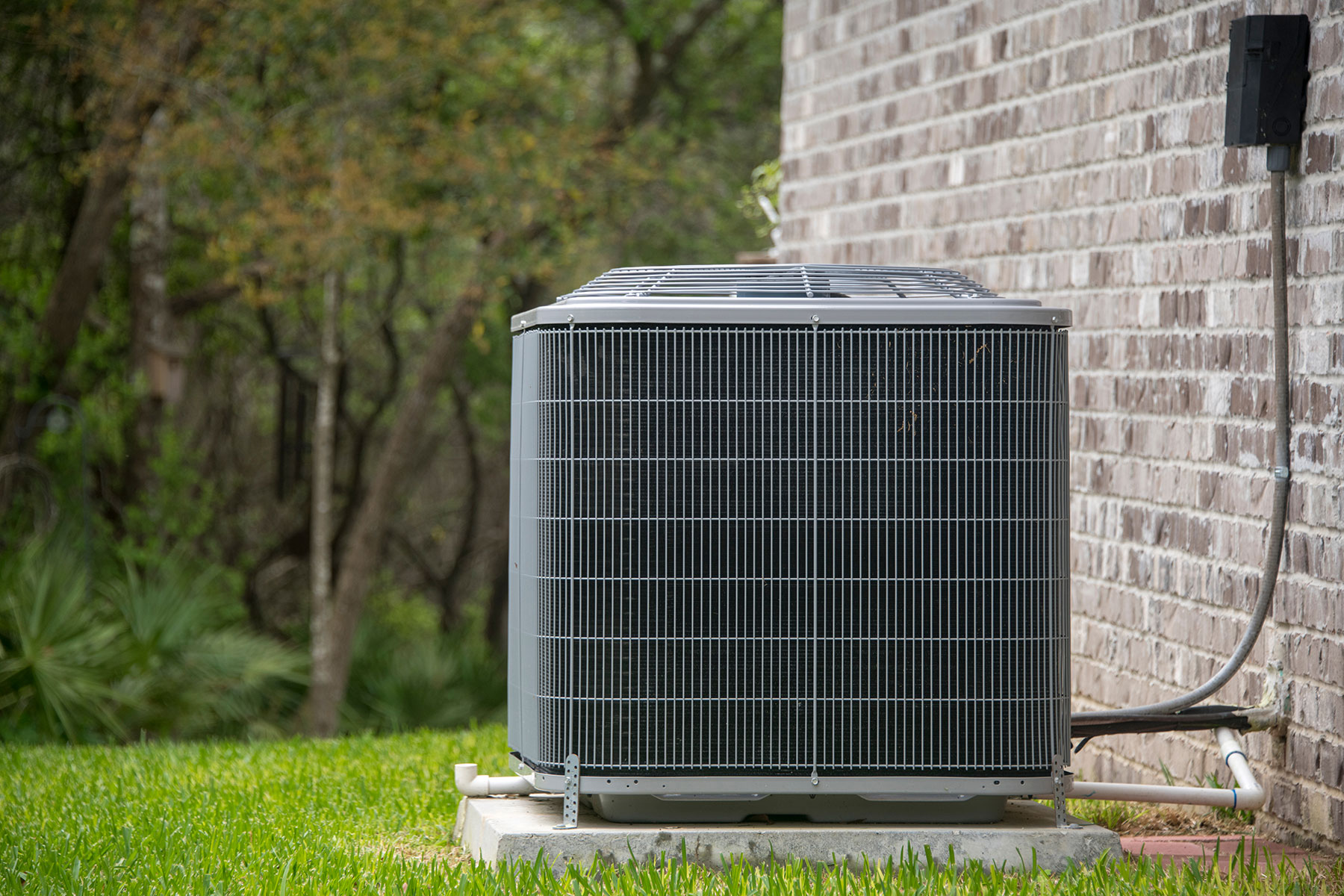Have you ever before asked yourself why a/c installment in high-rise buildings provides distinct obstacles?
The intricacy surpasses just cooling the rooms effectively. From navigating limited area restrictions to resolving upright distribution difficulties, each aspect calls for meticulous preparation.
But what regarding the architectural factors to consider and making certain ease of access to electrical power for these systems?
These are just a few items of the puzzle that make dealing with cooling setup in skyscrapers a complex venture.
Trick Takeaways
- Tactical equipment placement and sound control are important in high-rise AC setups.
- Reliable ductwork routing and upkeep accessibility ensure ideal cooling and heating efficiency.
- Safety, weight circulation, and adherence to building regulations are important for structural stability.
- Power performance, availability, and smooth combination improve a/c system capability in skyscrapers.
Room Restrictions
When installing cooling in high-rise buildings, you might encounter area restraints that require cautious preparation and cutting-edge remedies. Restricted accessibility to particular areas can posture a difficulty throughout setup. To tackle this, specialized equipment and creative maneuvering might be essential to browse through limited areas and get to the marked locations for mounting the cooling units.
Additionally, in high-rise buildings, sound control is essential to ensure the convenience and well-being of occupants. The constrained areas and closeness of property units in these buildings enhance the impact of noise generated by cooling systems. Executing soundproofing steps, utilizing quieter tools, and critical placement of components can aid alleviate sound disruptions for residents.

Vertical Circulation Challenges

Discovering the complexities of high-rise buildings, particularly when it come to upright circulation, presents one-of-a-kind challenges for a/c setup. Ductwork challenges are prominent in high-rise frameworks, where routing air ducts up and down with multiple floorings can be detailed. Setup logistics come to be necessary, as working with the placement of ductwork and equipment in such a way that guarantees effective air flow and temperature control throughout the building is extremely important.
Maintenance accessibility is one more significant concern when it concerns upright distribution in high-rise buildings. Making sure that cooling and heating systems are easily available for routine upkeep and repair services is important for long-lasting performance. Additionally, the logistics of devices transportation to higher floorings present an obstacle. Relocating heavy air conditioning systems, ductwork components, and various other products up vertical ranges calls for mindful planning and coordination to ensure safety and security and efficiency.
Architectural Considerations
Thinking about the architectural honesty of high-rise buildings is crucial when preparing air conditioning installments. High-rise buildings are designed to sustain specific weights, and adding a/c systems can affect the total weight distribution. It's crucial to abide by constructing codes to make certain that the extra weight from the cooling and heating units does not compromise the structure's structural security. Building ordinance detail the optimum allowed loads for various sections of the building, consisting of floors and walls, to prevent overloading.
Proper weight circulation is necessary to stop unequal stress on the structure's framework, which can lead to architectural concerns with time. HVAC systems ought to be tactically positioned to disperse their weight equally and minimize any kind of prospective pressure on details areas. Engineers need to carefully analyze the building's load-bearing capacity and style the air conditioning setup appropriately to make certain that it fulfills safety criteria and regulatory demands.
Electrical Power Accessibility
To validate the successful installment of a/c systems in skyscrapers, evaluating the ease of access of electric power is extremely important.
When assessing the electrical power accessibility for cooling in skyscrapers, consider the following:
- Distance to Power Sources: Make certain that the a/c units lie near source of power to minimize power loss and warranty efficient procedure.
- Remote Capability: Choose systems that use push-button control functions, permitting hassle-free surveillance and modification of the a/c systems from a range.
- Power Performance Ratings: Focus on air conditioning systems with high power efficiency scores to decrease general electricity consumption and reduced operational costs.
- Back-up Power Solutions: Implement backup power solutions like generators or battery backups to ensure continuous operation of the cooling systems during power interruptions.
Heating And Cooling System Combination
When integrating a/c systems right into skyscrapers, coordinate seamlessly with existing framework for peak performance. Assurance system compatibility by extensively reviewing the structure's format and existing HVAC configuration. Throughout the installment process, focus on efficient combination to enhance the general efficiency of the cooling system.
To attain effective cooling and heating system assimilation, collaborate carefully with architects, designers, and service providers to resolve any type of prospective difficulties. Conduct a thorough evaluation of the building's ventilation, ductwork, and control systems to make certain smooth compatibility with the brand-new cooling and heating devices. This positive technique can help avoid expensive rework and delays during the installment phase.
Integrating a/c systems in high-rise buildings needs thorough preparation and accurate execution to guarantee peak capability. Implementing advanced modern technology and energy-efficient elements can even more boost system performance and sustainability. By focusing on smooth integration and system compatibility, you can produce a comfortable indoor setting while maximizing power efficiency in high-rise structures.
Regularly Asked Concerns
Are There Any Type Of Specific Regulations or Codes That Skyscraper Must Adhere to When Putting Up A/c Solutions?
When setting up cooling systems in skyscrapers, laws and safety compliance are vital. Details codes dictate exactly how these systems should be set up to ensure the safety and security of residents. Compliance with these policies is essential for the proper performance of the cooling units and to avoid prospective hazards.
It is very important to follow these standards thoroughly to assure a secure and effective air conditioning system within the structure.
What Are Some Usual Solutions for Noise Control in Air Conditioning Systems in Skyscraper?
To lessen noise in a/c systems in high-rise buildings, think about soundproofing products and tactical positioning to wet resonances. Select energy-efficient designs with quieter operation.
Normal maintenance checks and prompt repair services can avoid loud breakdowns. In addition, utilizing variable speed modern technology can minimize sound degrees during low-demand durations.

How Do Severe Weather, Such as High Winds or Lightning Strikes, Impact the Setup and Operation of A/c Equipments in High-Rise Buildings?
Severe weather conditions like high winds or lightning strikes can considerably affect the installation and procedure of cooling systems in high-rise buildings. These weather aspects can pose structural obstacles, impacting the stability and efficiency of the systems.
When encountering such conditions, it's important to think about the strength of the building's infrastructure and the durability of the heating and cooling elements to ensure suitable functioning and safety.
Are There Any Unique Considerations for Integrating Smart or Energy-Efficient Technologies Into Air Conditioning Solutions in High-Rise Buildings?
When considering incorporating wise or energy-efficient technologies right into air conditioning systems in high-rise buildings, there are some special considerations to bear in mind. Integration challenges might emerge when attaching various systems, and adapting these technologies to work effectively in an upright environment can be difficult.
Nonetheless, energy-saving innovations supply excellent possible for lowering prices and environmental impact. It is necessary to meticulously intend and carry out these services to optimize their advantages.
What Are the Maintenance Requirements for A/c Systems in High-Rise Buildings, and Just How Typically Should They Be Serviced?
To keep your air conditioning systems in high-rise buildings running smoothly, normal upkeep is key.
Maintenance frequency depends on aspects like usage and system complexity. Usually, it's advised to have your air conditioner devices inspected at the very least once a year by an expert specialist.
This regular maintenance not only guarantees leading performance but also assists in maintaining energy performance, conserving you money over time. ac tune up
Final thought
Overall, mounting cooling in high-rise buildings offers unique challenges because of area restraints, vertical distribution obstacles, structural factors to consider, electrical power access, and cooling and heating system combination.
It needs cautious planning and control to make sure the system functions effectively and efficiently in such intricate atmospheres.
By addressing these difficulties head-on and collaborating with experienced professionals, building owners can guarantee that their residents remain comfortable and amazing even in the highest of buildings.
